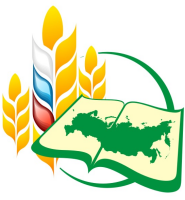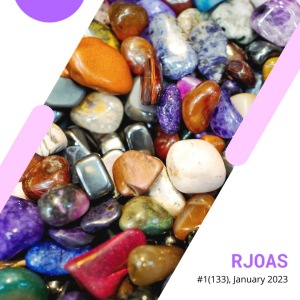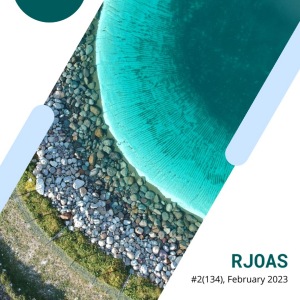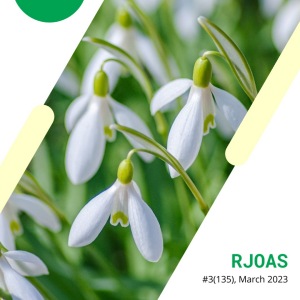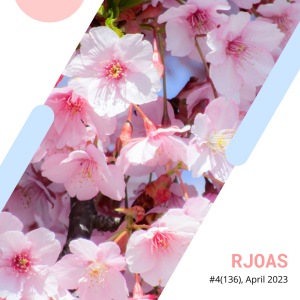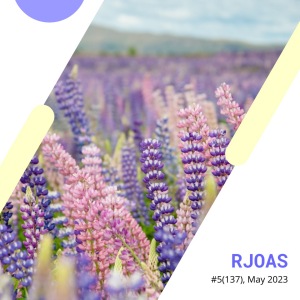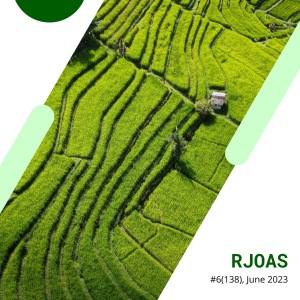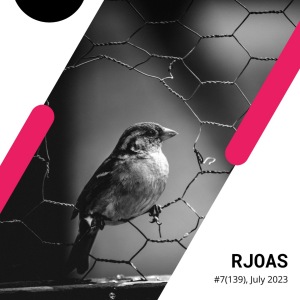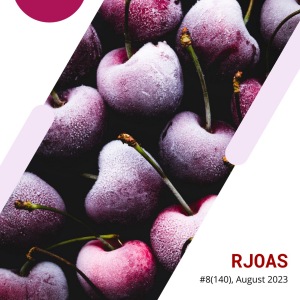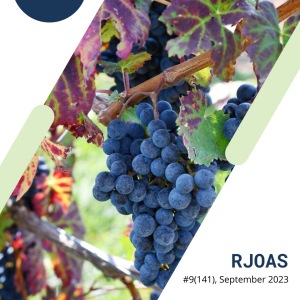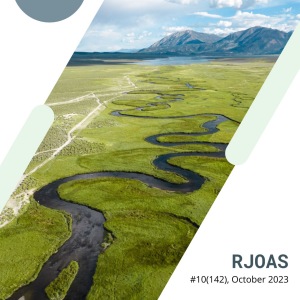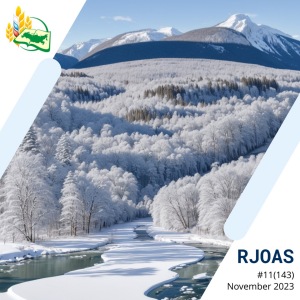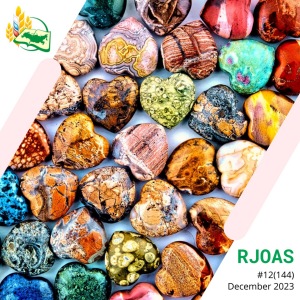ISSUE 10(22), October 2013 |
Pages 3-16
Title
MAINSTREAMING GENDER IN PURSUIT OF MILLENNIUM DEVELOPMENT GOALS IN WATER RESOURCE GOVERNANCE IN BUHERA, ZIMBABWE
Author(s)
Ephraim Chifamba
Organization(s)
Great Zimbabwe University, Masvingo, Zimbabwe
Key Words
Millennium Development Goals; Mainstreaming Gender; Water and Sanitation; Participation; Decision Making; Zimbabwe.
Abstract
Women have the primary role for the management of household water supply, sanitation and health. Water is necessary for drinking, but also for food production and preparation, personal hygiene, care of the sick, cleaning, washing and waste disposal. Because of their dependence on water resources, women have accumulated considerable knowledge about water resources, including location, quality and storage methods. However, efforts geared towards improving the management of the finite water resources and extending access to safe drinking water and adequate sanitation, have often overlooked the central role that women play in water management. The study used both qualitative and quantitative research methodologies. The research noted that despite increased gender awareness and the availability of much more information on women's and men's roles in water management, gender is not yet mainstreamed into this sector. The study revealed that prospects for effective gender mainstreaming in water resource management will hinge on how the main agenda can address the transformation of gender relations and treat water as a human right so as to realize the Millennium Development Goals (MDGs) in Buhera. A gender equity approach within the water sector, should strive for a more balanced division between women and men in access to information, sharing of contribution, the degree of decision making, access to resources and benefits and the control over water resources. Addressing women's concerns and mainstreaming gender in water governance through a livelihood approach is critical because this generates an understanding of people's livelihood strategies and their decision making mechanisms and processes. Significant support and capacity development are required to enhance the participation in decision making processes for the success of water management initiatives.
CrossRef DOI
Pages 17-23
Title
THE POSSIBILITY OF LEGUMES PRODUCTION
Author(s)
Glinushkin A.P.*, Plygun S.A.**, Ageev E.M.*, Ageev I.M.***, Devina N.I.*, Gromova L.S.*, Kosenko E.S.*
Organization(s)
*Orenburg State Agrarian University, Orenburg, Russia
**Orel State Agrarian University, Orel City, Russia
***All-Russian Research Institute of beef cattle breeding, Orenburg, Russia
Key Words
Agrotechnologies; Legumes; WTO; Local resources.
Abstract
Primary receptacles improve profitability legumes are limiting demonstrations and acts of plant diseases and pests. Pathogens are 25-50% lower yield of soybean, chickpea, beans, peas. Pests focally up to 87% of viable seeds sown reduce the number of plants per 1 ha. Only effective protection against disease and estimates of crop production can increase the average profitability of legume crops by 15-30%. Livestock is very important, but in the Southern Urals requires real support for its production with a positive balance (in the calculations with a deviation of 5%). The most important resource in our opinion may be a reduction in price of fodder. Thus, legumes are sought for animal protein. Soybeans, chickpeas, beans, peas universal culture and the possibility of their use in the food balance for a healthy diet of ordinary people engaged in recreational and other sports niche expands further improve the profitability of their production. Regulation of the balance of the distribution of food and feed produced grain legumes allows fine regulation of the cost of fodder for a particular type of livestock activities. Phytosanitary capabilities , the balance of influence of legumes on arable land, also requires a fine regulation of these processes. Obtaining long-term public support for this production is unlikely in the WTO because actual search for ways to improve the profitability of production of agricultural technologies. In our view, a comprehensive approach taking into account the capacity of local markets for crop production. Such activity can act as a guaranteed quality of agro-technology and animal products from local resources specific zonal conditions of production.
CrossRef DOI
Pages 24-32
Title
LEGISLATIVE REGULATION OF THE GRAIN MARKET IN THE REPUBLIC OF KAZAKHSTAN
Author(s)
Iskakov S.M.
Organization(s)
Economic Research Institute, Astana, Republic of Kazakhstan
Key Words
Grain market; Government regulation; Economic mechanism; Global market; Kazakhstan.
Abstract
Kazakh grain is one of the competitive on world commodity markets; therefore the state regulation of production and turnover of Kazakh grain is directly correlated with the overall competitiveness of country. The aim of this research is to identify the main vectors, as well as state control forms of the regulatory impact on the grain market. In addition, on the basis of the research, recommendations for improving the grain market in Kazakhstan will be provided.
CrossRef DOI
Pages 33-37
Title
EFFECTIVENESS OF USING POLYURETHANE FOAM TO REDUCE HEAT LOSS IN THE PREMISES FOR BREEDING
Author(s)
Medvedev A.Y.
Organization(s)
Lugansk National Agrarian University, Lugansk, Ukraine
Key Words
Bulls; Premises; Deficit of heat; Polyurethane; Winter; Intensity of growth.
Abstract
It is proved that the use of polyurethane foam insulation for the purpose of walling premises for breeding allows them to halve the deficit of heat in winter. Because of this more efficient use of feed, increases the intensity and the level of growth of young comprehensive energp $rocess in the energy of live weight gain of cattle while increasing the profitability of its cultivation for meat.
CrossRef DOI
Pages 38-43
Title
SCIENTIFIC BACKYARD POULTRY REARING TECHNOLOGY: AN APPROACH TO AWARENESS AND ADOPTION OF TECHNOLOGY FOR LIVELIHOOD DEVELOPMENT OF RURAL FARMERS IN SIKKIM, INDIA
Author(s)
Nath B.G., Pathak P.K., Mohanty A.K.
Organization(s)
ICAR-Research Complex for NEH Region, Sikkim Centre, Sikkim, India
Key Words
Awareness; Backyard poultry; Impact; Indigenous; Adoption.
Abstract
A backyard poultry improvement technology programme based on scientific management practices with high yielding breed of chickens was desired by the rural communities of Sikkim to improve their income. For implementation of this programme, partnership with various line departments and extension agencies were chosen deliberately. Scaling out was realized through participatory approaches, use of trainers from the communities, locally managed feed with diminutive commercial feed, market orientation and credit facilities, collaborating with and influencing Govt and Non Govt Organizations (NGOs). The average profit from improved poultry keeping was US$451.83 per household per annum for a 50 bird enterprise. This programme contributed to increased awareness, development of leadership and entrepreneurial skills, increased status of trainers and investments in other businesses.
CrossRef DOI













